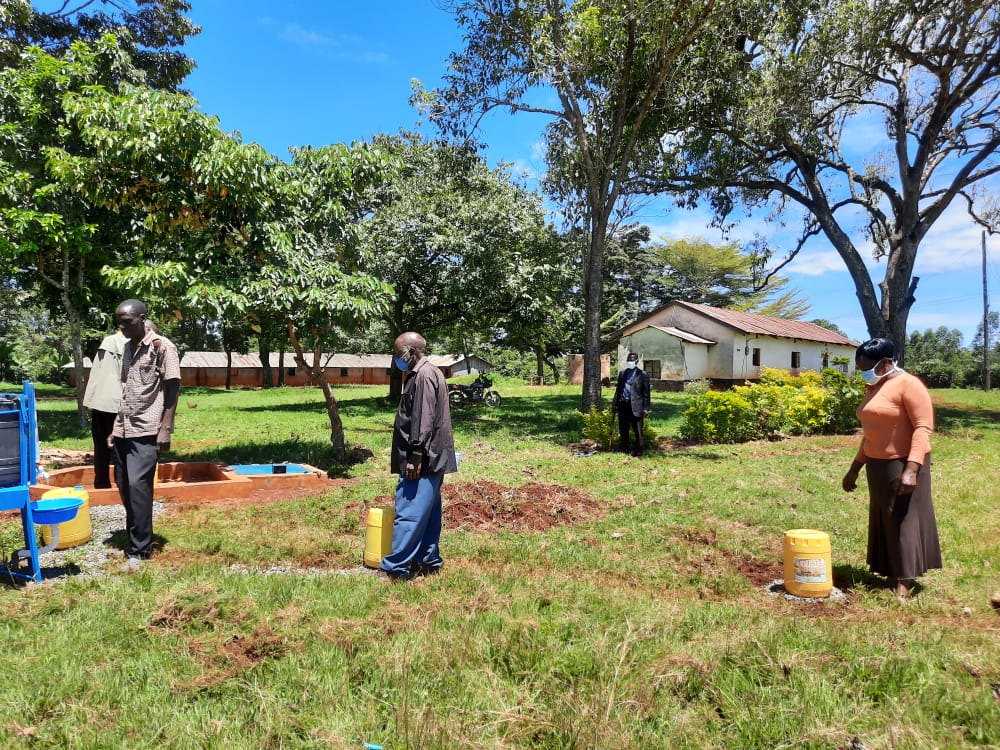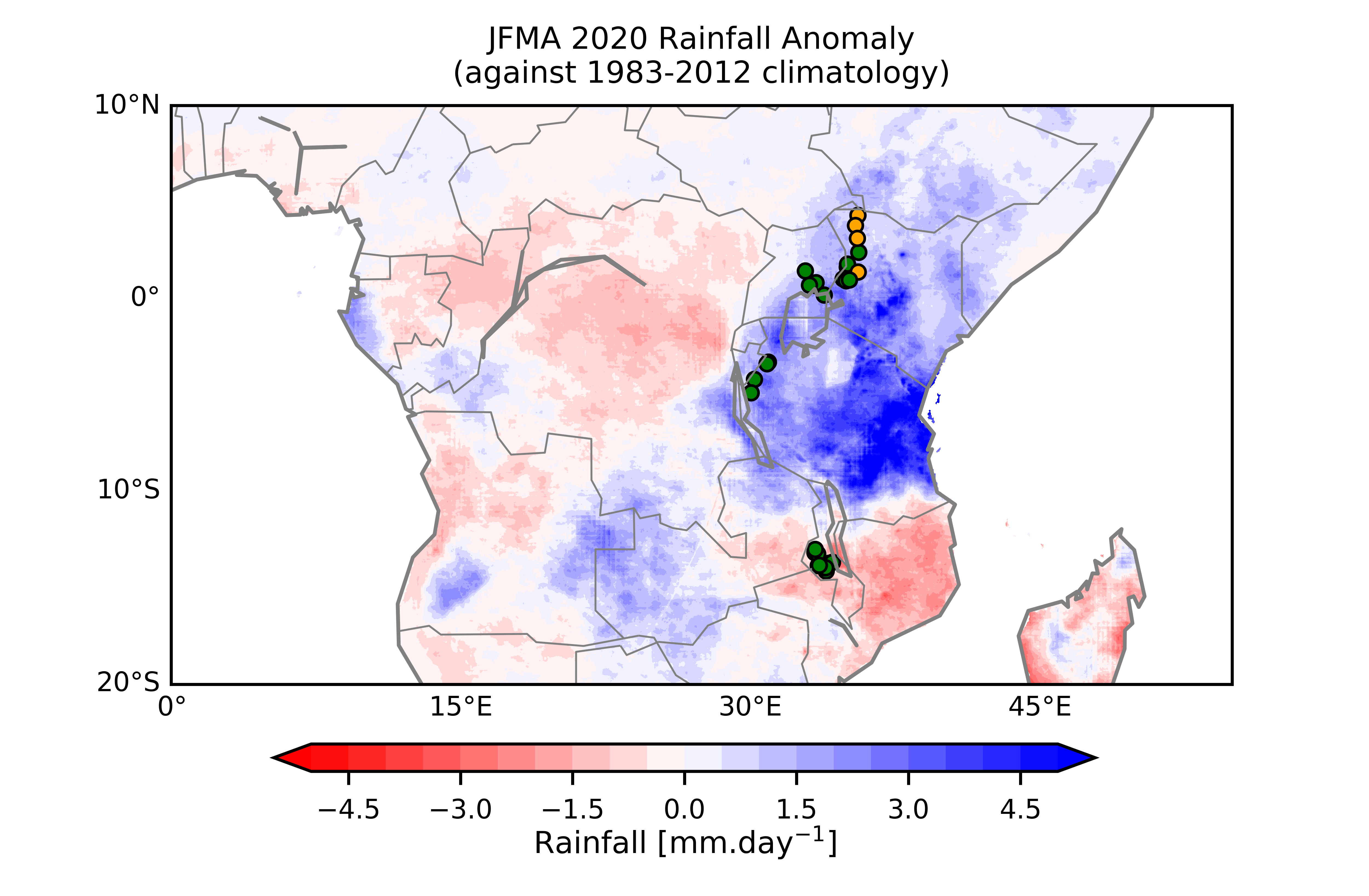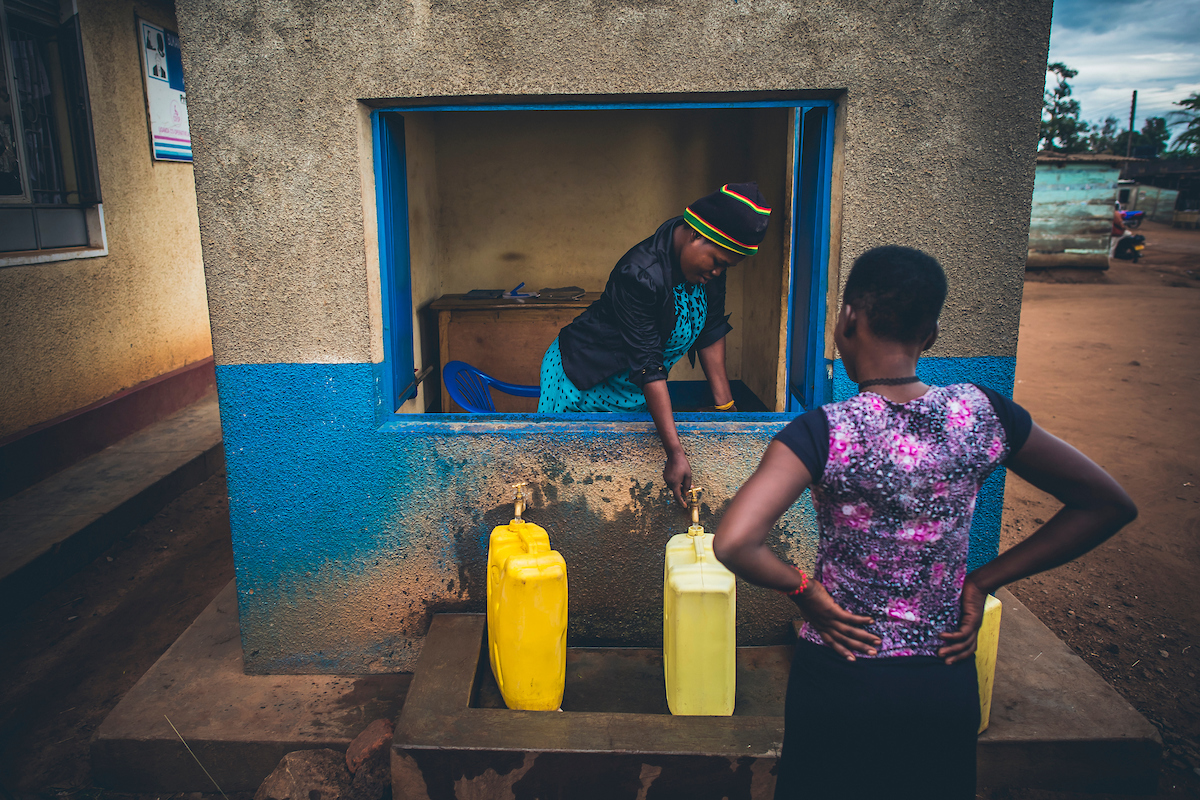Andrew Armstrong (University of Oxford)
This blog discusses key findings and implications from a journal article recently published in npj Clean Water.
Although it seems intuitive that high levels of rainfall might enhance rural water security, the opposite effect is often observed. Domestic demand for fee-based drinking water services reduces when alternative rain-fed sources are freely available. This results in lower revenues and riskier operating environments for service providers and can pose health risks for users if they consume water from unimproved sources. In the past year, abnormal rainfall patterns and socioeconomic impacts of the COVID-19 pandemic have manifested in different places at different times to threaten rural drinking water services and compound affordability challenges for millions of rural Africans.
Currently, it is difficult to anticipate when, where, and how such shocks will converge because direct indicators are too costly and complex to monitor in a timely manner. However, it may be possible to synthesise data from in situ waterpoint sensors and from global rain gauge and satellite observation systems to generate warning signals of revenue risk for rural water supplies. This information could improve policy responses with targeted action to those in most need.

We explore how year-on-year and seasonal changes in rainfall and metered water usage can be interpreted to anticipate a revenue risk for rural drinking water services arising from the convergence of socioeconomic and climatic shocks. The study combines geospatial, monthly total rainfall estimates with metered, remotely transmitted water usage records between 2016 and 2020 corresponding to 25 rural piped schemes supported by the international NGO Water Mission in Kenya, Malawi, Tanzania, and Uganda.

Our analysis reveals two findings. First, the changes in water usage from the observed piped schemes in early 2020 appear to align more with transitions between wet and dry periods than with the onset of COVID-19. Water usage from the schemes, and presumably revenues from user payments, generally tracked inversely with rainfall as users supplemented with alternative rain-fed water sources when they were available. In some cases, decreased usage experienced in early 2020 was amplified from previous years indicating a new potential revenue threat.
Second, we find the seasonal changes in water usage were moderated by the approach utilized to collect user payments. When users were charged a fixed monthly fee that placed no restriction on the volume of water used, usage increased during high rainfall periods instead of decreasing as anticipated. Monthly fees have been associated with lower rates of revenue generation compared to other payment modalities. However, temporarily employing the approach during periods when domestic water demand falls may foster affordable access while maintaining a lifeline of revenue to protect local service providers.
Our results illustrate that the nature and timing of seasonal transitions in sub-Saharan Africa will compound the impacts of socioeconomic crises on rural water supplies. They also highlight the value of timely monitoring in generating warning signals of revenue risk, informing affordable tariff strategies, and enabling performance-based subsidies in the face of climate variability.
Rural water service providers will struggle to sustain operations under increasingly unpredictable conditions. A network of sentinel sites could inform regional interventions and global risk reporting. The opportunity exists to integrate this network into public reporting systems and expand into other geographies to mitigate adverse climate impacts and improve resilience for vulnerable rural populations.
Further reading:
Armstrong, A., Hope, R. & Munday, C. Monitoring socio-climatic interactions to prioritise drinking water interventions in rural Africa. npj Clean Water 4, 10 (2021). https://doi.org/10.1038/s41545-021-00102-9
Hope, R. and Hutton, G. “Can rural people pay for water in a crisis?” REACH, 15 June 2020.

